Over the years,
El Chicano has often been compared to
Santana and, to be sure, there are a lot of parallels. Both are from California (although different parts of the state), both are led by Mexican-Americans, both have recorded in English as well as in Spanish, and both have favored a very eclectic and unpredictable mixture of rock, soul, funk, jazz, blues, and Afro-Cuban salsa. Further, there is no getting around the fact that
El Chicano (whose Spanish name means "the Chicano" or "the Mexican-American") has been heavily influenced by
Carlos Santana's outfit. Nonetheless,
El Chicano has a style of its own and
Santana isn't the band's only influence. Over the years,
El Chicano has been affected by everyone from Chicano soulsters like
Cannibal & the Headhunters and
Thee Midniters to Latin soul-jazz favorite
Pucho to salsa heavyweights such as
Tito Puente,
Ray Barretto, and
Mongo Santamaria.
El Chicano's members were not only affected by the Mexican-American experience, they were also well aware of what Cuban and Puerto Rican musicians were doing on the East Coast and in the Caribbean.
El Chicano, which was originally called the V.I.P.'s, was founded in East Los Angeles (a heavily Mexican-American area) in the late '60s. The band's original members included co-founder/leader Bobby Espinosa (organ, electric keyboards, acoustic piano, vocals), Freddie Sanchez (bass, vocals), Mickey Lespron (lead guitar, vocals), Andre Baeza (congas), and John De Luna (drums). Along the way,
El Chicano had more than its share of personnel changes; members who didn't join until the '70s included
Ersi Arvizu (lead vocals),
Hector "Rudy" Regalado (timbales, vocals), Max Garduno (congas), Danny Lamonte (drums), Brian Magness (bass), Joe Perreira (bass), Jerry Salas (lead vocals, guitar),
Rudy Salas (guitar), and
Steve Salas (lead vocals), among others. (The Salas brothers went on to join another East L.A. band,
Tierra, which was an
El Chicano spinoff and is best-known for its hit 1980 cover of
the Intruders' Philadelphia soul ballad "Together"). After creating a buzz in East L.A. in the late '60s,
El Chicano signed with MCA in 1970 and recorded its debut album, Viva Tirado. The instrumental title song, which was written by jazz pianist
Gerald Wilson, was released as a single and became
El Chicano's biggest hit; the recording reached number 28 on Billboard's pop singles chart and number 20 on its R&B singles chart. On regional L.A. charts, "Viva Tirado" spent about 12 weeks at number one. "Viva Tirado" (which was inspired by Mexican bullfighter Jose Ramon Tirado) was a rarity; in the '60s and '70s, one rarely saw any type of jazz instrumental -- straight-ahead, fusion, soul-jazz, or otherwise -- climbing that high up the national Billboard charts. When a jazz instrumental became a hit single in the pop or R&B markets, it was the exception instead of the rule. While the "Viva Tirado" single didn't make
El Chicano national superstars -- they were never as big as
Santana -- the band did acquire a loyal cult following and was especially popular in the Mexican-American neighborhoods of the southwestern United States. After the Viva Tirado LP,
El Chicano went on to record several more albums for MCA, including 1971's Revolucion, 1972's Celebration, 1973's El Chicano, 1974's Cinco, 1975's The Best of Everything, and 1976's Pyramid of Love & Friends.
El Chicano's second biggest hit came in 1973 when MCA released the brown-eyed soul classic "Tell Her She's Lovely" as a single. Nationally, the tune (which features Jerry Salas on lead vocals) wasn't a major hit; "Tell Her She's Lovely" only reached number 40 on Billboard's pop singles chart and number 98 on the magazine's R&B singles chart. But in Mexican-American neighborhoods, the song was huge -- among Chicano Baby Boomers, "Tell Her She's Lovely" was as popular as
War's big '70s hits.
El Chicano's contract with MCA ended in 1976; that year, the band recorded its first post-MCA album, This Is...El Chicano, for the independent Shady Brooke label (where the L.A. residents enjoyed more creative control than they had during their six years at MCA). The band's next LP, Look of Love, was released on Musidisc in 1977; then in the early '80s,
El Chicano briefly recorded for Columbia, which released the romantic blue-eyed soul tune "Do You Want Me" as a single in 1983. Although not a national chart-buster, the song became a minor hit (primarily in Mexican-American areas).
El Chicano didn't do a lot of recording in the '80s or '90s, but the band made a long overdue return to the studio with 1998's Painting the Moment. Released on Thump, that CD marked the return of original lead guitarist Mickey Lespron, who had not recorded with
El Chicano since the '70s. ~ Alex Henderson, All Music Guide
 Also, the unplugged reliance on nothing but piano backup makes this less varied and, in some ways, less interesting than the full arrangements she used on her early studio releases. On the other hand the emphasis on lesser-known songs and soul covers — as well as, for that matter, the use of solo piano arrangements — means that both the material and the setting provide a glimpse of different sides of the singer/songwriter than are apparent in her more familiar studio albums. Nyro sings in a beautifully high range and her piano accompaniment is sensitive, though whether due to the recording flaws or the way she presented herself in live performance, the words aren't always wholly distinct. It's not on par with her early studio releases, and neither "American Dove" nor "Mother Earth" are great songs; they're okay and certainly in her soulful singer/songwriting vein, but a little meandering. But fans will treasure this as a document of Nyro in a more intimate setting than her early official releases allowed.
Also, the unplugged reliance on nothing but piano backup makes this less varied and, in some ways, less interesting than the full arrangements she used on her early studio releases. On the other hand the emphasis on lesser-known songs and soul covers — as well as, for that matter, the use of solo piano arrangements — means that both the material and the setting provide a glimpse of different sides of the singer/songwriter than are apparent in her more familiar studio albums. Nyro sings in a beautifully high range and her piano accompaniment is sensitive, though whether due to the recording flaws or the way she presented herself in live performance, the words aren't always wholly distinct. It's not on par with her early studio releases, and neither "American Dove" nor "Mother Earth" are great songs; they're okay and certainly in her soulful singer/songwriting vein, but a little meandering. But fans will treasure this as a document of Nyro in a more intimate setting than her early official releases allowed.%2520%25203%5B1%5D.jpg) Laura Nyro
Laura Nyro







%252B(Front1)%5B1%5D.jpg)






 Sebastian remained in the band but departed in 1968. He and the original band reunited to appear in the film
Sebastian remained in the band but departed in 1968. He and the original band reunited to appear in the film 



 While his gravelly baritone and omnipresent fedora, dark glasses and Groucho Marx moustache made him one of the more distinct and recognizable characters in popular music, little is known about the neo-vaudeville crooner
While his gravelly baritone and omnipresent fedora, dark glasses and Groucho Marx moustache made him one of the more distinct and recognizable characters in popular music, little is known about the neo-vaudeville crooner 


 Cymande's original albums are still widely sought-after by
Cymande's original albums are still widely sought-after by 


 Malo is also still touring, with only two of the original members, including Arcelio Garcia Jr., who took over the band in the late 70's.
Malo is also still touring, with only two of the original members, including Arcelio Garcia Jr., who took over the band in the late 70's.














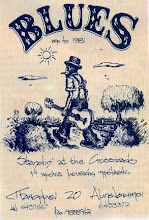

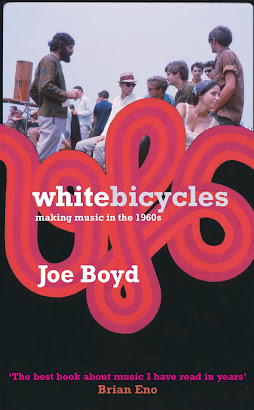
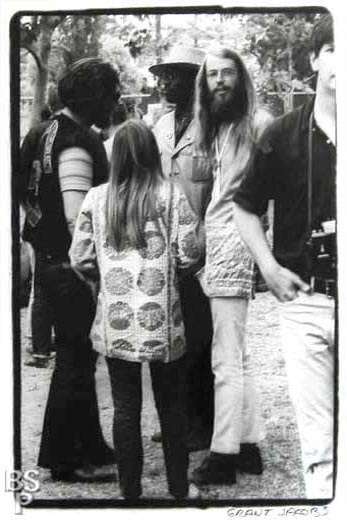
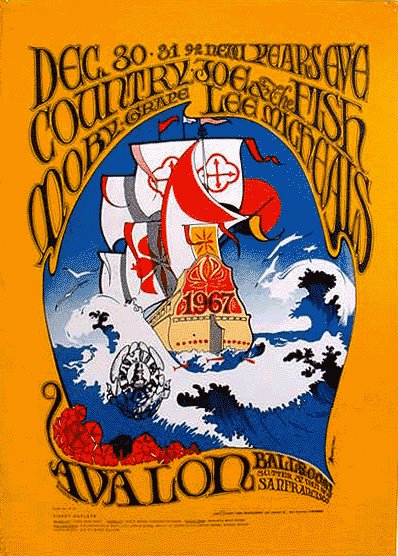
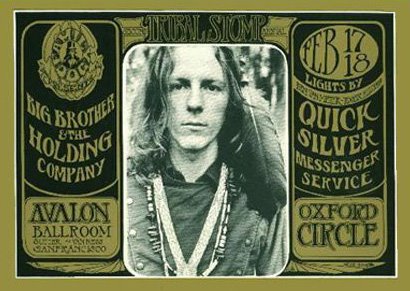
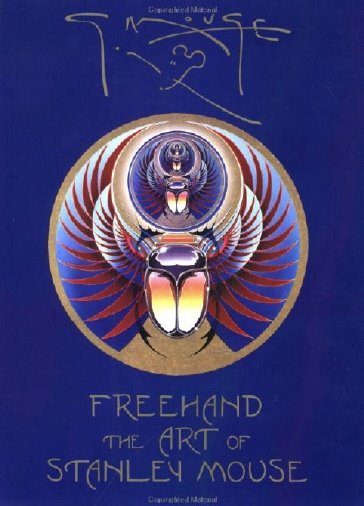.jpg)

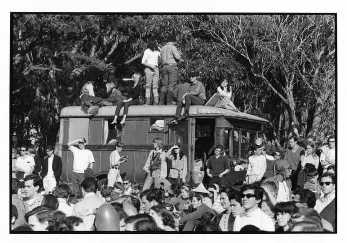




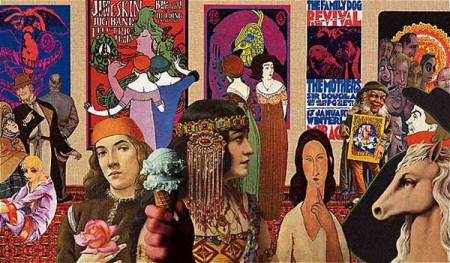.jpg)

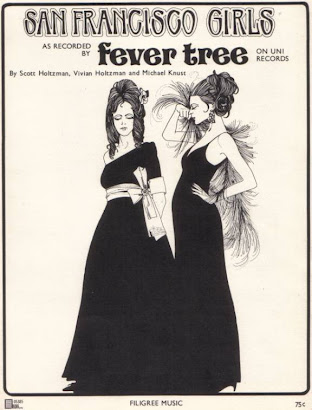
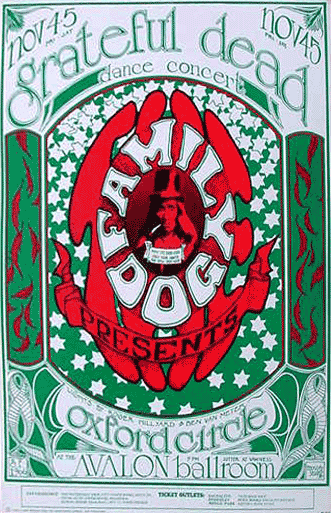
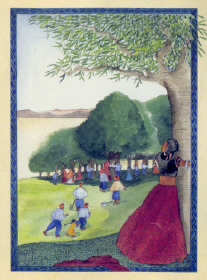
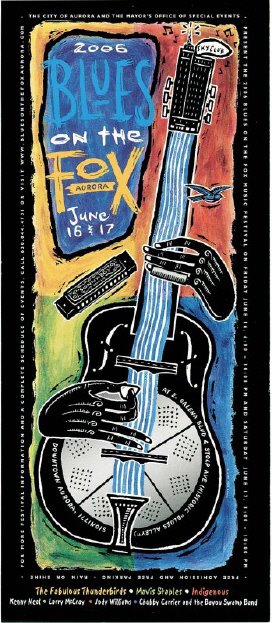

















.jpg)









































































+-+cover.png)














.jpg)




































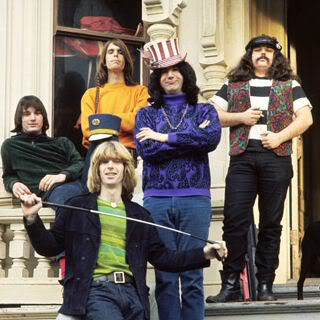






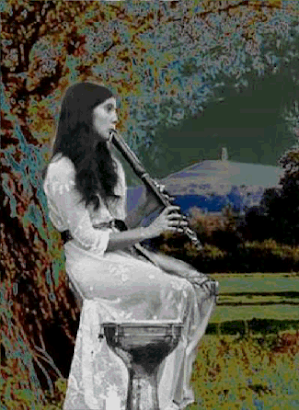












































.jpg)







